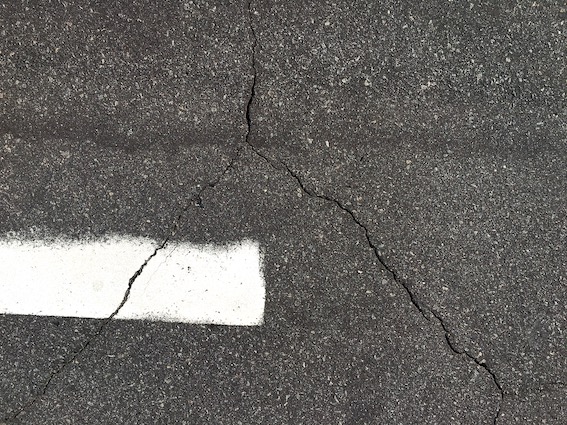2E Political decision-making on long term maintenance of infrastructure

Context
This project concerns political decision-making. How is the maintenance of infrastructure prioritized in politically governed organizations where leadership can change every four years? And how is the maintenance of water and sewage systems and roads prioritized in comparison to other areas of welfare, such as eldercare and education?
In Swedish municipalities, there is a constant tug-of-war between various areas of welfare expenditure. At the same time, there is an accumulated need for the maintenance of physical infrastructure. Knowledge about where and when this need arises is distributed across many organizations, departments, and boards, and who – that is, who has the formal and informal power to make prioritization decisions – remains unclear. These questions are under-researched both in Swedish and international contexts.
Furthermore, insufficient maintenance of infrastructure has significant social consequences. Deteriorating water quality or limited access to functioning roads affects people’s daily lives, particularly vulnerable groups such as the elderly, families with children, and people living in rural areas. The risk of inequality in living conditions increases when decisions about infrastructure are postponed or made without consideration for social impacts.
Solution
This project aims to address this knowledge gap by studying political decision-making processes related to the long-term maintenance of water and sewage systems as well as roads. How is long-term maintenance work prioritized in organizations with different types of financing? What are the mandatory decision-making checkpoints, how are they shaped, and by whom? What does the division of responsibilities between politicians, managers, and engineers entail?
By highlighting the social consequences of decisions – or non-decisions – regarding maintenance, the project also aims to shed light on how different societal groups are affected. This includes how quality of life, safety, and access to public services vary depending on the priorities made. The social perspective is thus integrated as a key dimension in the analysis of decision-making processes.
Answering these questions can help explain why maintenance is often not prioritized, despite the availability of sufficient resources and technologies.
Project goals
As the aim of this project is to generate new, applicable knowledge about political decision-making processes, more insight is needed into how prioritizations are made in practice and what considerations are involved.
Another key objective of the project is to highlight the social consequences of maintenance decisions, in order to contribute to more equitable and just infrastructure solutions. By including these perspectives, decision-making can more effectively be guided by the everyday impacts that different choices have on people’s lives.
The project will result in long-term maintenance of roads and water and sewage infrastructure being given higher priority in four medium-sized municipalities. The project’s findings also aim to demonstrate that Sweden is a leading country in this field.
Info
Project categories
Sustainable business models organisationProject status
OngoingTimetable
2023 – 2028
Project manager
Alexander Paulsson, Lunds university, KEFU.
alexander.paulsson@fek.lu.se
PhD Student
Marcella Holz, Lunds university
marcella.holz@fek.lu.se
Related projects
Partner
Lunds university, CKS, Linköpings university, VTI, KEFU
